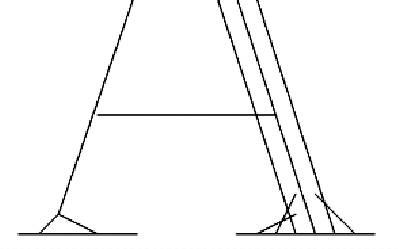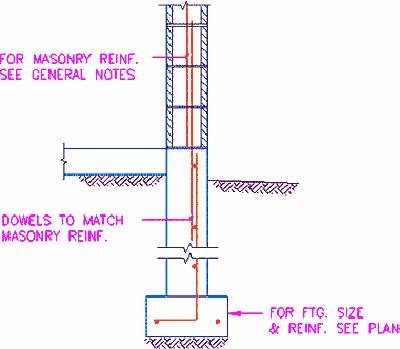With the wide interest in the OpenDWG Alliance and the work of the IAI and STEP, many users continue to bemoan the lack of adequate standards for text documents. Although the wide adoption of Microsoft Office has brought a degree of standardisation to document exchange in business, but it is a pseudo-standard rather akin to the ‘de-facto’ CAD standard being claimed for Autodesk’s proprietary DWG file format.
From the viewpoint of standardisation and interchange of data, Microsoft’s DOC file format for Word suffers from the same problems as Autodesk’s DWG format; it is a private format under the control of one company, and frequently altered at whim, often with every new update of the program. It is an interesting aside that the same, unchanged document saved in DOC format for Word 2, Word 6 (the next in sequence after 2), and Word 97, doubles in file size with each update! Word 95’s DOC format is the same as Word 6 amazingly.
I have long thought that the HTML file format that is used for the Internet Web pages would serve quite well as a universal text formatting standard, probably with some refinements. Now it seems that with Office 2000 Microsoft intend to provide for HTML as a secondary file format. I hope this will turn out as well as expected. It should make life a lot easier.
Now we need to get busy on proper CAD data file standards.
To date, the situation with CAD vector data formats for use on the Internet has been highly unsatisfactory. Each and every major CAD producer has gone their own way and in some cases tried to push their own format as a universal standard. We have DWF from Autodesk and Active-CGM from Intergraph. Most others have opted for the established CGM vector format. SoftSource offered their SVF format as an unbiased system for basic vector data but it seems to have not been taken up very wdely with Bentley being the main adopter. Now a new VML format is proposed by HP, Macromedia, Microsoft, Visio and Autodesk. This has merit and has the advantage over Autodesk’s DWF of not being so intimately related to only one CAD system’s logic.
It appears the VML format is intended more for interactive viewing while systems like DWF are better for larger more complex CAD data and give better precision. VML is based on HTML or XML and is in text form, whereas the other formats use compact binary data, though generally more related to plot files than original CAD data. Autodesk’s DWF is a variant of their Whip screen driver concept.
It seems to me we need a neutral format that can represent full detail and precision and preserve such concepts as layers and object-text attachments.
There is of course IGES and DXF. IGES is very well proven but voluminous and complex. DXF suffers as a cross-system standard through having been designed purely for one system; AutoCAD; hence it is essentially as ‘private’ a system as is DWG. Maybe the DXF system could serve as the basis for a standard to be administered by a committee and adapted to provide for CAD concepts not found in AutoCAD and hence not at present supported by DXF, such as line weights. A body like the OpenDWG Alliance would be well placed to administer a ‘Generalised DXF’ format.
The work of the IAI on their IFC system is obviously a most excellent approach but is restricted to the area of 3D object-related modelling for building. That will almost certainly need to remain a separate issue. Similarly the STEP deliberations relate to 3D modelling and full manufacturing data.
We still need a relatively simple format for basic 2D and generalised 3D CAD. The communication of accurate design data has different requirements to that of display-only data. A ‘one-size-fits-all’ solution is an unlikely outcome and there is no overall trend in user acceptance of any particular system.
It now appears the ‘super-DXF’ idea has been under development for some two years in Germany, called DXF-II, and that Autodesk itself is also working on a rival version! So with all the work being done on IFC and DXF-II, it looks like we may at last get a truly effective means of good CAD data exchange between products – one for 3D Object CAD and one for ‘ordinary’ CAD.
STEP
CAD of the Web






